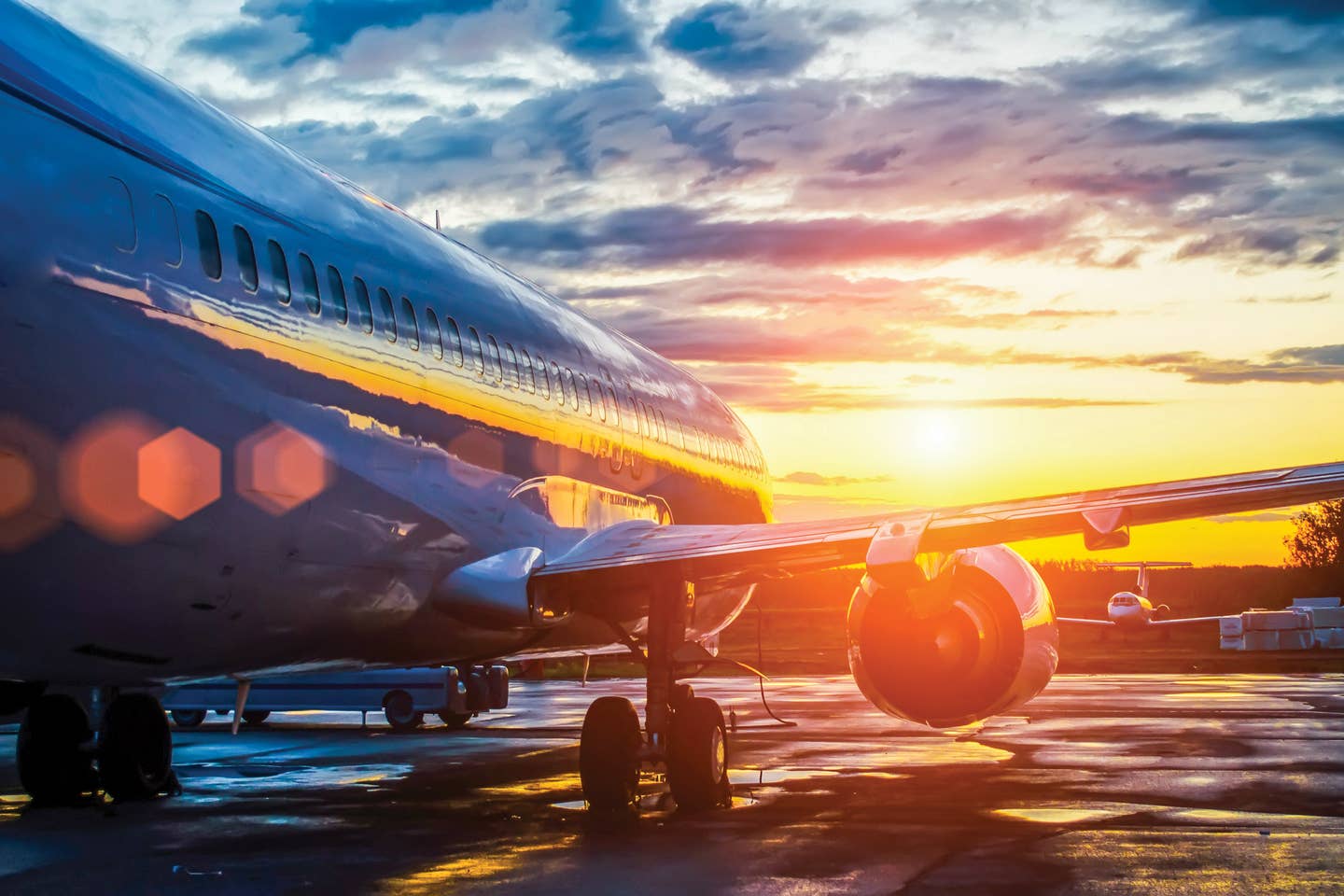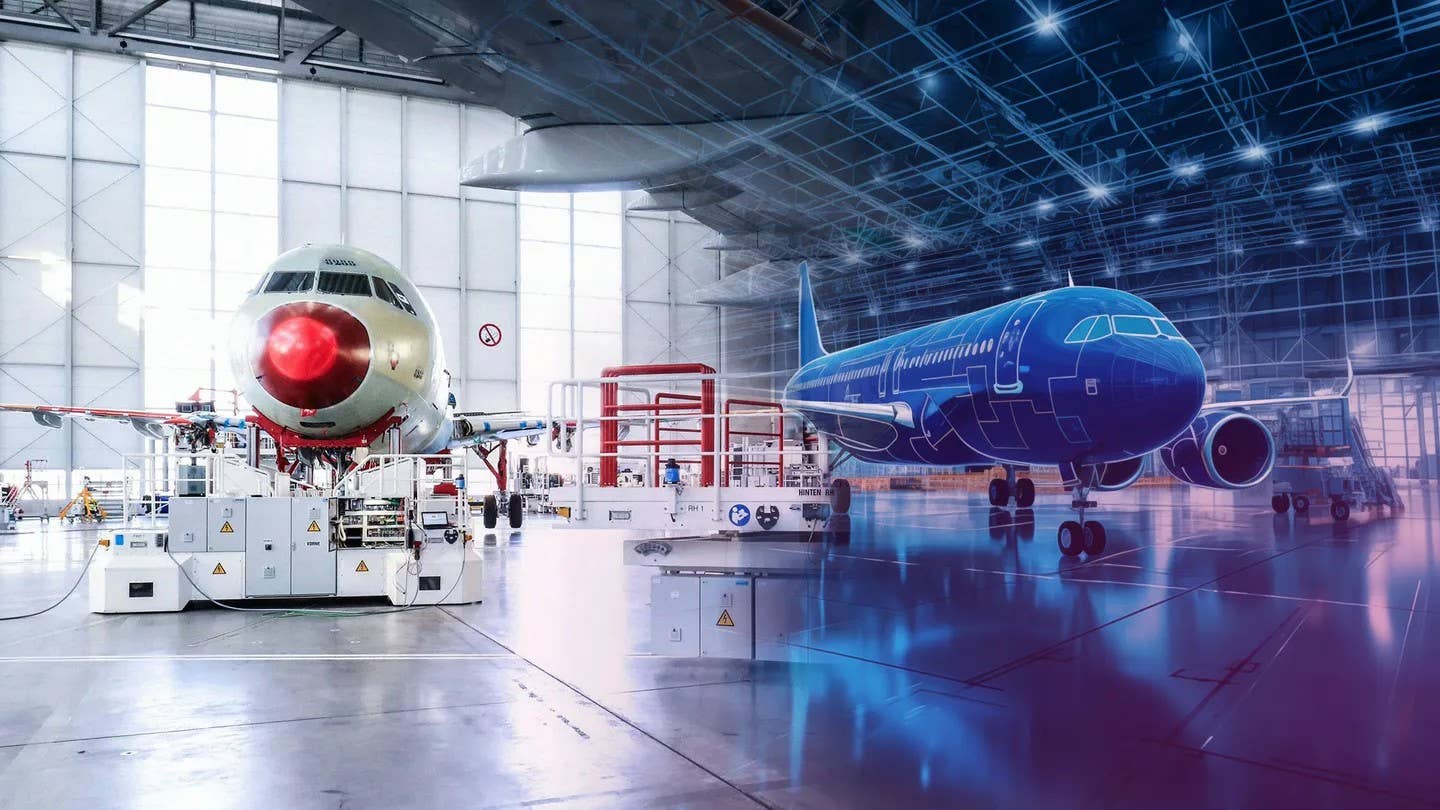
U.S. airlines are responsible for just 2 percent of CO2 emissions nationwide, according to Airlines for America aapsky/Shutterstock
The U.S. has for the first time set a goal to achieve net-zero greenhouse gas emissions from the U.S. aviation sector by 2050.
The Climate Action Plan was announced Tuesday during the United Nations Climate Change Conference taking place this week in Scotland and is the latest effort announced by the Biden administration targeting the aviation sector.
On Tuesday, U.S. Transportation Secretary Pete Buttigieg said the plan is ambitious but achievable. “[It] shows we can combat climate change while growing the economy and creating good-paying American jobs.”
While U.S. airlines are responsible for just 2 percent of CO2 emissions nationwide, according to Airlines for America, the industry appears to be seriously committed to doing its part, looking to solutions like replacing conventional fuel with cleaner-burning, sustainable aviation fuel (SAF).
“The U.S. has led in aviation for decades, and we must continue that leadership by building a sustainable aviation system,” FAA Administrator Steve Dickson said Tuesday in a statement. “Our freedom to fly requires us to take action.”
Key initiatives of the plan include:
- Increasing production of sustainable aviation fuels
- Developing new, more efficient aircraft that could generate fuel savings. NASA and the FAA are currently working with the industry to accelerate this, according to the FAA.
- Increasing operations efficiency and reducing emissions during taxiing, takeoff, and landing.
In September, the administration announced the Sustainable Aviation Fuels Grand Challenge, calling upon aircraft manufacturers, airlines, fuel producers, airports, and nongovernmental organizations to advance the use of cleaner and more sustainable fuels with the goal of creating 3 billion gallons of cost-competitive SAF available to U.S. aircraft by 2030 and aiming for a carbon-free aviation sector by 2050.
The FAA announced more than $100 million in matching grants to increase aircraft efficiency, reduce noise and aircraft emissions, and develop and implement new software to reduce taxi delays.
The agency has also invested more than $300 million to electrify airport equipment and solicitation to find a sustainable air traffic control tower.

Sign-up for newsletters & special offers!
Get the latest FLYING stories & special offers delivered directly to your inbox






